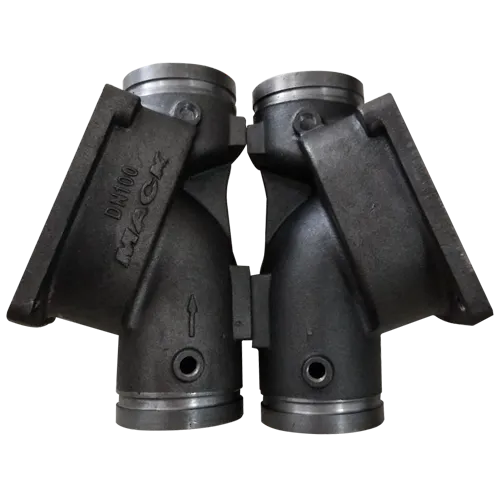Mobile:+86-311-808-126-83
Email:info@ydcastings.com
Innovative Techniques in Low Pressure Aluminum Casting for Enhanced Quality and Efficiency
Low Pressure Aluminum Casting An Overview
Low pressure aluminum casting is an innovative manufacturing process that has gained significant traction in various industries, primarily due to its ability to produce high-quality aluminum components with excellent dimensional accuracy and surface finish. This method involves the controlled pressurization of molten aluminum, allowing for a more consistent and efficient casting process compared to traditional gravity casting techniques.
The Process
The low pressure casting process begins with the melting of aluminum in a furnace. Once the aluminum reaches its molten state, it is transferred to a holding furnace, which maintains a steady temperature. The critical step in low pressure casting involves the use of a sealing system, which creates a chamber where the molten aluminum is subjected to low pressure, typically ranging from 0.1 to 0.3 bar.
The molten aluminum is then introduced into the mold through a vertical riser, which allows the alloy to flow into the mold cavity from the bottom upwards. This upward flow reduces the formation of gas bubbles and internal defects, ensuring a more uniform distribution of the material. This process not only reduces the likelihood of porosity but also enhances the mechanical properties of the final product.
Advantages
low pressure aluminum casting

One of the most significant advantages of low pressure aluminum casting is the superior quality of the finished products. The process minimizes the presence of gas defects, resulting in a stronger and more durable component. Additionally, the controlled filling of the mold reduces turbulence and allows for intricate designs and complex geometries, which are often challenging to achieve with other casting methods.
Moreover, low pressure casting is highly efficient. The process allows for the recycling of aluminum scrap, which can further reduce material costs. The production cycle is shorter compared to die casting methods, making it suitable for medium to high-volume production runs.
Applications
Low pressure aluminum casting is widely used in various industries, including automotive, aerospace, and electronics. In the automotive sector, this method is employed to create components such as engine blocks, transmission housings, and structural parts. The aerospace industry utilizes low pressure casting for lightweight components that require high strength-to-weight ratios, enhancing fuel efficiency. Furthermore, in the electronics field, the process is used to produce housings and enclosures for various devices.
Conclusion
In conclusion, low pressure aluminum casting represents a significant advancement in casting technology, offering numerous benefits in terms of quality, efficiency, and cost-effectiveness. As industries continue to seek lightweight and durable materials, the demand for low pressure aluminum casting is expected to grow. With ongoing innovations and improvements in casting techniques, this method is poised to play a vital role in the future of manufacturing. For companies looking to leverage the advantages of this process, investing in low pressure casting technology could be a strategic move that enhances product quality and operational efficiency in a competitive marketplace.
-
Understanding Metal Casting TechniquesNewsApr.02,2025
-
Understanding Exhaust Manifolds for Enhanced Engine PerformanceNewsApr.02,2025
-
The World of Metal FabricationNewsApr.02,2025
-
Key Components for Pump and Turbo EfficiencyNewsApr.02,2025
-
Essential Tools for Automotive Maintenance and RepairNewsApr.02,2025
-
Durable Valve Components for Effective Water ManagementNewsApr.02,2025











